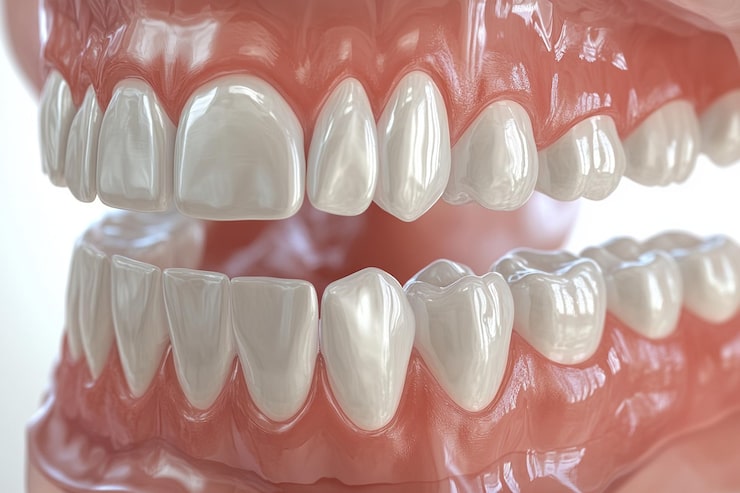
Last year I made one of those epic money mistakes that leaves you embarrassed and humbled. This is the story of how I messed up a Vanguard Roth IRA conversion in 2021. Read on so you don’t make the same error.
Roth IRAs are great. You put in after-tax money, it grows tax-free, and you can withdraw it tax-free in retirement. Like the original IRA, you can hold stocks, bonds, mutual funds, and more. There are annual limits on how much you can contribute, no matter which IRA you use.
But there’s a catch: as your income rises, the amount you can put into an IRA phases down. The Backdoor Roth is a way for high earners to get money into a Roth even if they exceed the IRS income limits. It’s basically a “backdoor” conversion from a traditional IRA to a Roth. We fit into that high-income category.
Why do people do it? A Roth grows and pays out tax-free. A traditional IRA also grows tax-deferred, but you pay taxes when you withdraw in retirement. For us, converting made sense — at least I thought it did.
We use Vanguard, and the conversion process seemed simple: a few clicks online and our $42,000 traditional IRA would be converted to a Roth. But taxes make things tricky. If your traditional IRA contains pre-tax dollars (like a 401(k) rollover), the IRS will tax the conversion. If some of the IRA was funded with after-tax dollars, you’ll need to account for that too.
Thanks to the pro-rata rule, you can’t choose to convert only after-tax money; the IRS looks at the ratio of pre-tax to after-tax dollars across all your IRAs and taxes the conversion accordingly. That’s the good and bad of it.
I was confident we were fine, but then I got a letter from the IRS saying we owed just over $8,000 in taxes for the conversion. Not great. I thought we shouldn’t owe that much because the dollars we converted had already been taxed — paying again felt like double taxation.
I emailed our accountant, who happened to be on vacation in Mexico. He got back to me after returning and recovering, and started looking into it. We’ve been happy with him — he helps keep our taxes reasonable and handles our somewhat messy mix of real estate and solo-practice finances. A good accountant is worth it.
Our plan was to have him review our past returns and gather documentation for all post-tax traditional IRA contributions over the last 10 years, then file an amended 2021 return. The key is IRS Form 8606, which reports nondeductible (after-tax) IRA contributions so conversions aren’t taxed twice. If Form 8606 wasn’t filed or was filed wrong, that would explain the bill.
Even if we only recover a portion of the $8K, it’s worth it. Thankfully, we’re financially stable enough to pay the bill without harm, so this was more a lesson than a crisis. Also, our accountant pointed out we hadn’t been using a Solo 401(k) fully for Mrs. Cubert’s business. With her business doing better, funding a Solo 401(k) might be a better tax-advantaged strategy than relying on IRAs.
If you’re thinking about a Roth conversion, first check how much of your traditional IRA is pre-tax versus post-tax. Make sure you have some cash on hand to cover a surprise tax bill. And before you click “submit” at Vanguard or Fidelity, talk to an accountant. If your household income is high, conversions can still make sense — you might just want to spread them across years to smooth the tax impact.
My Roth conversion mistake wasn’t financially devastating, but it was a reminder of how complex personal finance can be. I’ll learn from it, and move on. I also can’t help wondering if the system could be simpler so more people — not just the wealthy — can use the same tools and advice to build wealth.
After publishing this, I contacted Vanguard to double-check what I’d done wrong. What they confirmed matched what I’d learned: the Backdoor Roth is fine for high earners, but you must file Form 8606 so the IRS knows you converted after-tax dollars. That form is crucial to avoid double taxation.
Update: I finally heard back from my accountant. He processed the 8606 forms and submitted amended federal and state returns. I should be getting the $8K back as a refund and won’t owe extra to the state. Fingers crossed. More to come.
